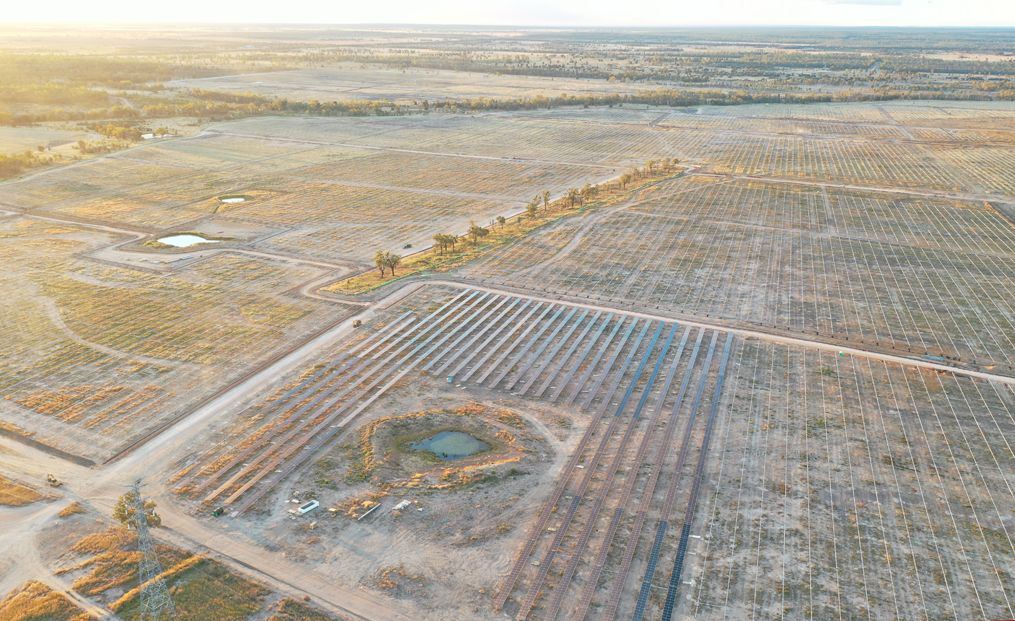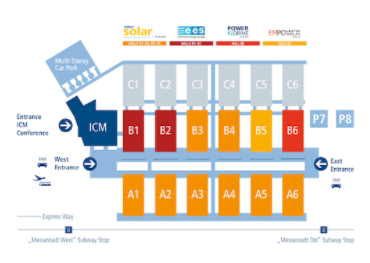https://www.energytrend.com/news/20220117-25390.html
Future Optoelectronics, Producing Solar Panels on the Moon? |
| published: 2022-01-17 9:30 | editor: et_editor | category: News |

Solar panels are installed on many types of aerospace equipment to provide power for space exploration. For example, the recently launched James Webb Space Telescope (JWST) has a 2kW solar array installed on its sunward face. This type of solar cell is highly efficient but expensive. Therefore, some scientists wish to find solar power materials that are "available and cheap in outer space."
The European Space Agency (ESA) believes that future solar technology will be a key power source for long-term space missions. Solar energy can provide power if living permanently on places like the moon and Mars. Although this idea may be out of reach, it’s a bit like thinking about unlikely scenarios at three o’clock in the morning, but actually looking for useful cheaper solar materials has always been the subject of solar cell related fields.
The ESA materials and process science team and the Tallinn University of Technology (TalTech) in Estonia are exploring the potential of pyrite and whether it can become a new type of solar cell material.
The reason the team will target pyrite is not because of how efficient it is or how low cost it can be but because we can find pyrite on the moon and Mars. ESA senior manufacturing engineer Advenit Makaya stated that the premise of this study is settling on the moon. When that happens, the lunar base will need to "live off the land" to be sustainable and the iron and sulfur needed to produce pyrite can be recovered from the surface of the moon.
Makaya further pointed out that this research project also includes exploring the technical feasibility of moon settlement and on-site resources such as transporting mining equipment rather than finished products to space. Currently, ESA has also launched fund raising based on related ideas and accepted the pyrite solar cell proposal put forward by TalTech.
TalTech scientist Taavi Raadik explained the team’s goal which is primarily to develop pyrite microcrystal growth technology and apply them to single-crystal layer solar cells, so that every tiny crystal can be used as a solar cell. Concentrating sand into a tower, a miniscule solar cell has a small power generation capacity but if assembled into a solar module of a standard size, power generation performance can be greatly improved.
However, it seems that there is still much room for improvement in the conversion efficiency of pyrite solar cells and there seems to be no use for this item in other fields. However, the team believes that a moon base basically has no solar energy installation space restrictions and solar panels can also be installed in the lunar South Pole and other areas that are permanently exposed to sunlight.
Makaya indicated that the team will also continue to look for any available resources in space missions. This research is only part of ESA's in-situ resource utilization on the moon or more distant planets.
(Image:pixabay)



